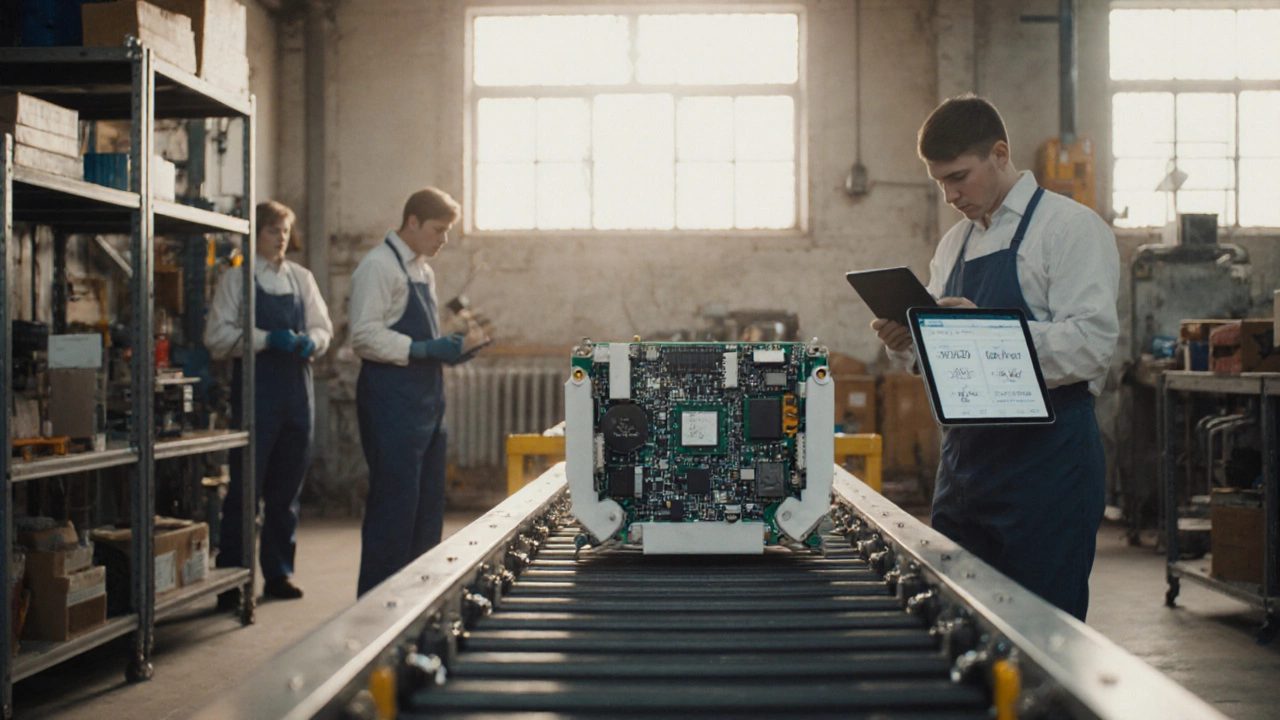Lean Manufacturing: What It Is and How It Saves Money in Indian Factories
When you hear lean manufacturing, a system focused on eliminating waste while maximizing productivity. Also known as Toyota Production System, it’s not about working harder—it’s about working smarter. This approach strips away everything that doesn’t add value for the customer, from excess inventory to unnecessary movements on the factory floor. In India, where factories are racing to compete globally, lean manufacturing isn’t a luxury—it’s a survival tool.
It’s built on five core ideas: waste reduction, identifying and removing non-value-adding activities like overproduction, waiting time, and defects; continuous improvement, small, daily changes made by workers on the line, not just managers in offices; value stream mapping, drawing out every step in making a product to spot where time and materials are lost; just-in-time production, making parts only when they’re needed, so you don’t pile up unused stock; and employee empowerment, giving frontline workers the authority to stop the line if something’s wrong. These aren’t buzzwords. They’re real changes you can see in factories that cut costs by 20% or more.
Look at the posts here—you’ll find stories from Indian factories that slashed inventory by half using just-in-time methods. Others fixed defects before they reached customers by training workers to spot problems early. One company cut setup times from hours to minutes, letting them switch between elevator models faster. These aren’t tech giants with billion-dollar budgets. These are mid-sized manufacturers in Pune, Surat, and Chennai who started small and stayed consistent. You don’t need fancy robots. You need a clear eye for waste and the discipline to remove it.
What you’ll find below aren’t theory papers. These are real examples from Indian manufacturing—how a lift company reduced material handling errors, how a small factory cut lead times by 40%, and how one team turned a cluttered workshop into a smooth, flowing production line. No fluff. No jargon. Just what worked, what didn’t, and how you can apply it.
